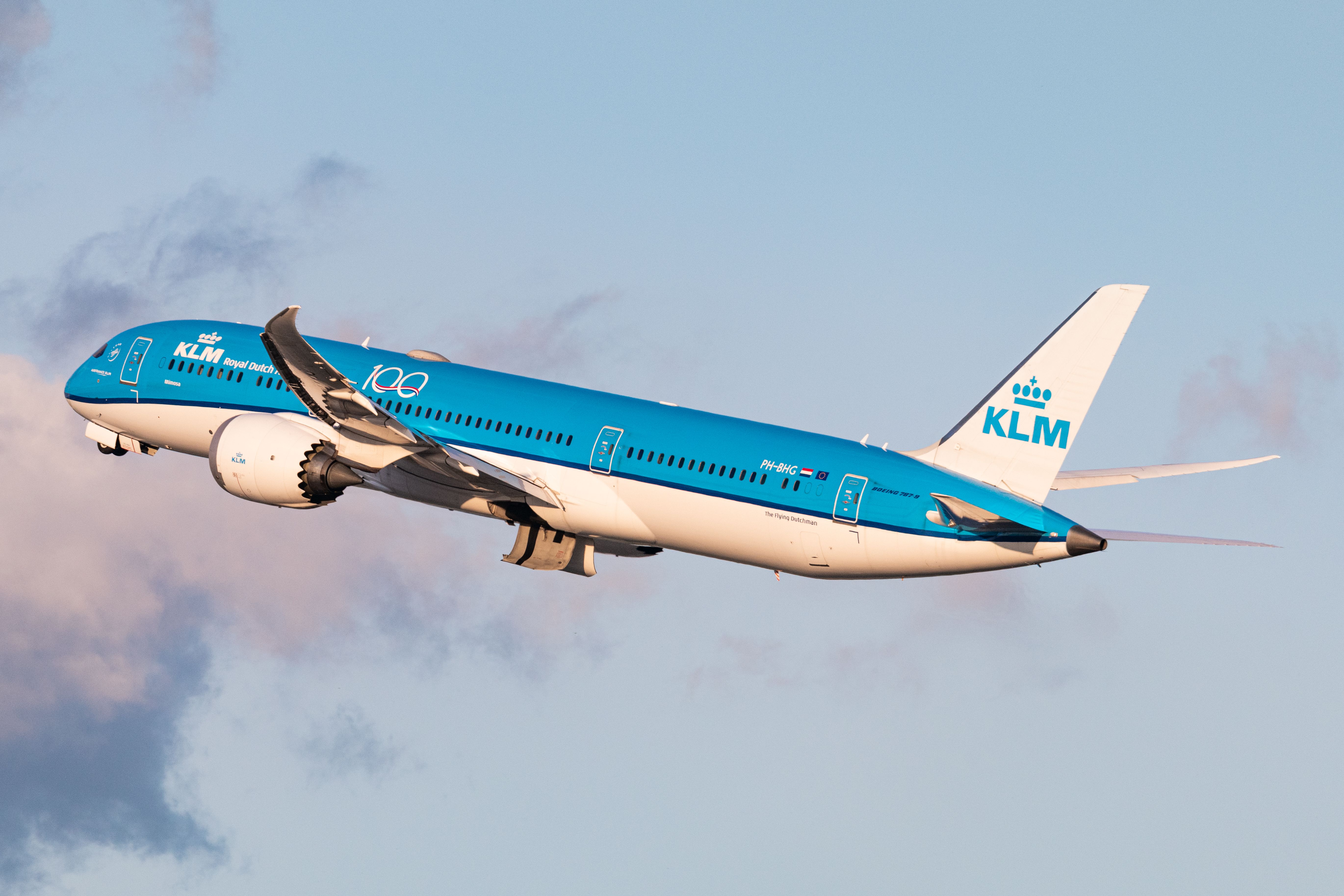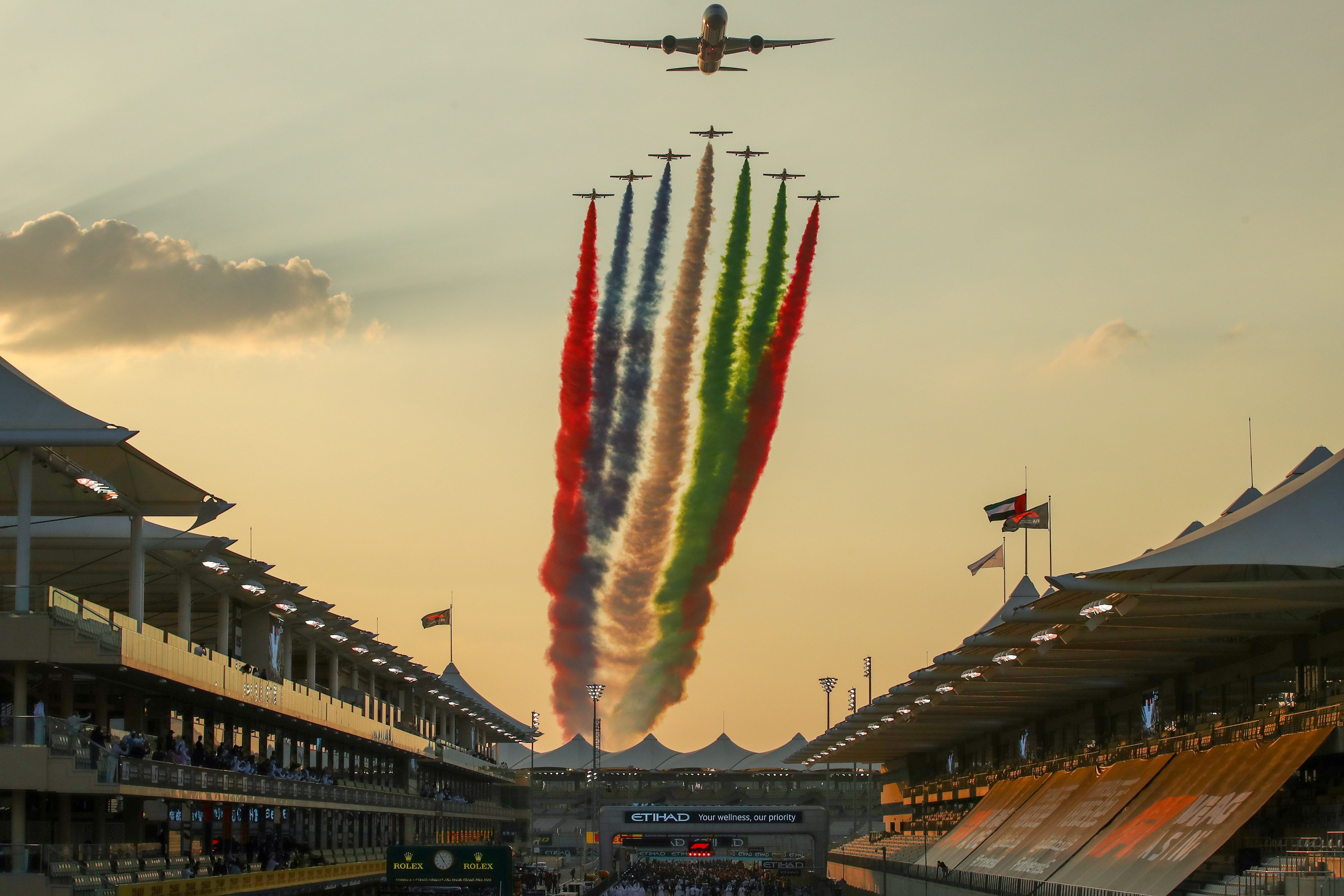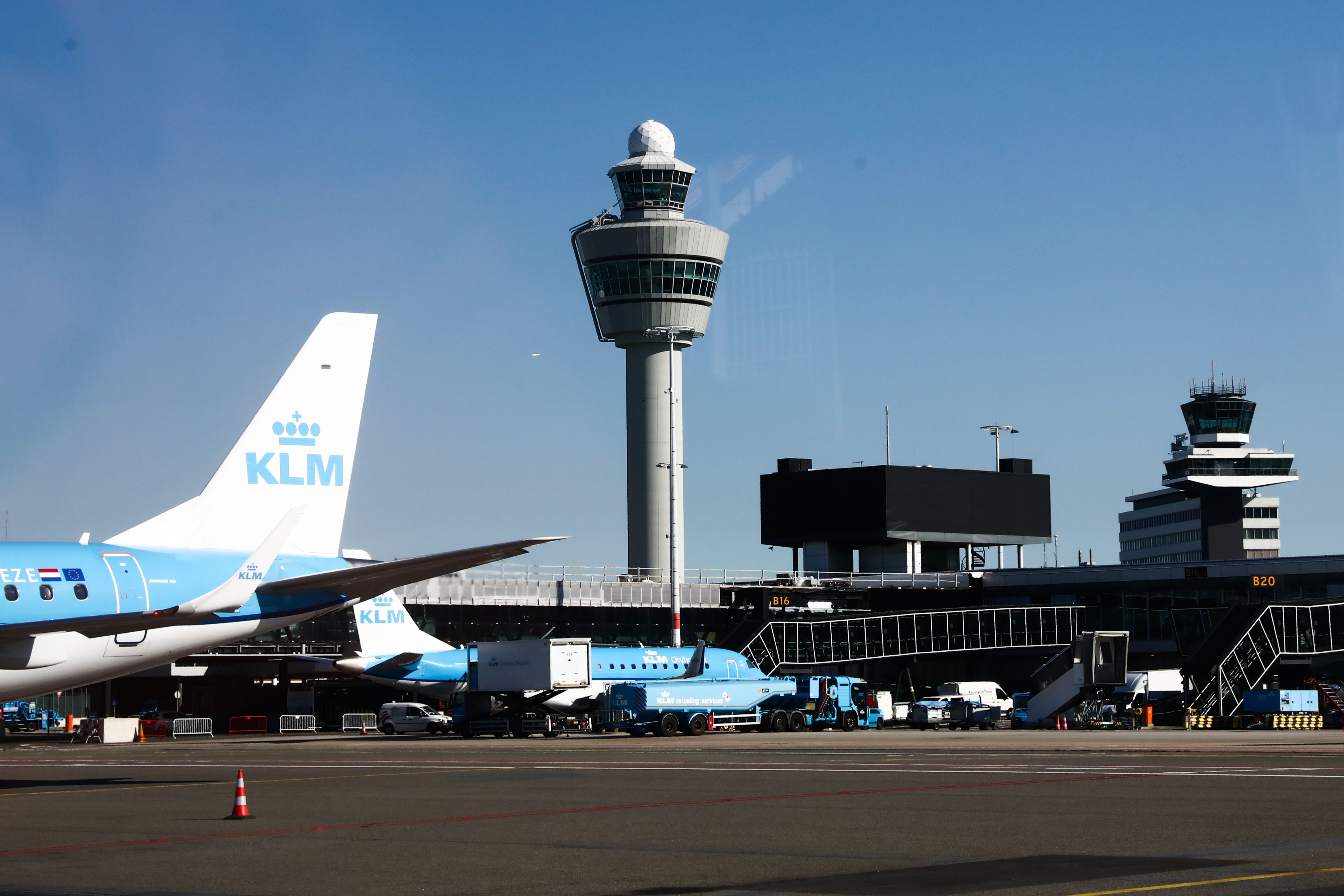As the aviation industry faces one of its greatest challenges to date in its bid to decarbonize operations, the rapid deployment of innovative and new technology is more crucial than ever before. A little while ago, during the World Aviation Festival in Amsterdam, Simple Flying was fortunate to sit down for a conversation with KLM's Senior Manager for Radical Innovation, Arlette van der Veer. We talked about how culturally conditioned aversion to risk-taking is hampering innovation cycles, what aviation could learn from top race car engineers, and how an ecosystem approach is shaping innovation at the Dutch flag carrier.
Before we dive into the conversation - let's get a basic overview of some terminology. Innovation is easy enough to understand - it is a new idea, method, or device (although this may be defined differently between academics and business leaders). Incremental innovation uses existing knowledge within a company to improve current or create new processes and products. Meanwhile, radical innovation is a type of innovation that uses new knowledge from outside the business to develop new products and services.
Radical innovation also occurs when a new technology completely disrupts a business or industry. As such, far-reaching changes from this type of innovation have the potential to transform entire markets and introduce entirely new product categories. For instance, the iPhone ushering in the smartphone-based society or the jet engine transitioning aviation into the jet age.
Risk-averse mindset hampering progress
So why isn't everyone simply embracing and trying out radical innovation ideas all the time? Who wouldn't want to be the Steve Jobs of the airline industry, after all? Well, beyond the immediately obvious reasons, such as safety concerns, there are other organizational obstacles.
These are things such as budgets, legislation, regulation, complex innovation cycles, access to technical expertise, etc., that hamper innovation across the commercial aviation industry. Furthermore, a risk-averse attitude permeates the airline corporate culture, van der Veer states.
"We have been telling our people for decades to do everything according to the manual. Not to invest in something or invent something yourself - everything has to be done with the OEM. So we have created people who are afraid to step out of the boundaries. This is a mindset that is from the 70s. The Boeing 747 is from the 70s. Meanwhile, we have forgotten that it is 2022, and we can test technologies and their applications out in virtual reality now."
Van der Veer says that what aviation should do, is look at and learn from other industries. For example, Formula One or the pharmaceutical industry - both of which have very specific safety requirements and strict regulations but with a very high degree of innovation.
"Their (F1) innovation cycle is incredibly fast. They have a new car every year - we have a new plane every 30 or 40 years. Why don't we cooperate with Formula One car builders, where you also have extremely high safety standards for materials and technology? Why don't we look at the medical industry, which also has ways to innovate? I think the key problem of our industry is that we do not absorb external knowledge quickly enough.”
The new big thing will be an ecosystem of technologies
So how could the industry find a way around this culturally indoctrinated risk-averseness? When discussing the readiness (or lack thereof) to try out and adopt new technologies, van der Veer says,
"Don't be afraid if you will never be able to make a clear picture of what it is going to look like. Because that's how the world will work now - we will not have clear pictures anymore. The new big thing will be a combination of a lot of small things together. A lot of small technologies together - blockchain with AI with machine learning, driving autonomous vehicles on the airport, for example. You need an ecosystem of technologies."
The true future of aviation - and the solution to building the most sustainable aircraft possible - would come if competitors, and even arch-rivals such as Boeing and Airbus, would be willing to work together and innovate across company lines, creating ecosystems of capabilities and competencies, rather than silo themselves away. But this would also require a different, innovative, regulatory approach.
"What we need are regulatory bodies that learn to certify ecosystem designs. For example, the ideal aircraft would be designed by a combination of Airbus, Boeing, Embraer, and many more. But for that to happen, you need original equipment manufacturers who are open to sharing all this because, even by statistics, the perfect sustainable aircraft cannot be built by one aircraft builder alone. You need multiple sources of data, and you need multiple sources of knowledge."
KLM’s innovation ecosystem
Meanwhile, there are ways to foster an innovation-supportive corporate culture within the structure, even for companies as heavily weighed down by a patchwork of legacy systems and regulatory frameworks such as airlines. At KLM, this takes the shape of an ecosystem, the greatest success of which, according to its creator - is that it does not need her anymore.
There is no shortage of innovative people at KLM, van der Veer states. The problem was that there was no communication between them, so the step from experimentation to implementation seemed daunting and almost insurmountable at times.
This is where a digital ecosystem comes in, allowing for employees across the airline's four divisions (corporate, passenger business, cargo, and engineering and maintenance) to find who is innovating where - on which topic, with which budget, and with what people. They can then reach out directly to one another, eliminating the time-consuming "middleman" phone calls and e-mails.
The crucial part of social innovation
Van der Veer always had a fascination for technology, fostered by years of driving rallies with her father in their 1935 Singer Le Mans. This led her to studies at TU Delft. She did her graduation project at KLM, looking at how airlines can innovate by working with startups.
"My background is in aeronautical engineering. But my studies never prepared me for the key difficulties in innovation, which is really opening colleagues up to the ideas and connecting people."
At the moment, van der Veer is working on the innovation strategy for Air France-KLM Cargo, looking into current trends but also future technologies, along with the social innovation that will be required to operate them. As she explained in an interview for the airline a little while back,
"You can implement high-tech equipment such as advanced robotics, but if no one knows how to use them, you have a gap in knowledge and skills."
How do you believe the innovation industry could speed up its innovation cycles? Should Airbus, Boeing, and Embraer collaborate to further the decarbonization agenda? Click the blue button below to share your ideas with the community and us.





-PH-BVS-(1).jpg)
.jpg)